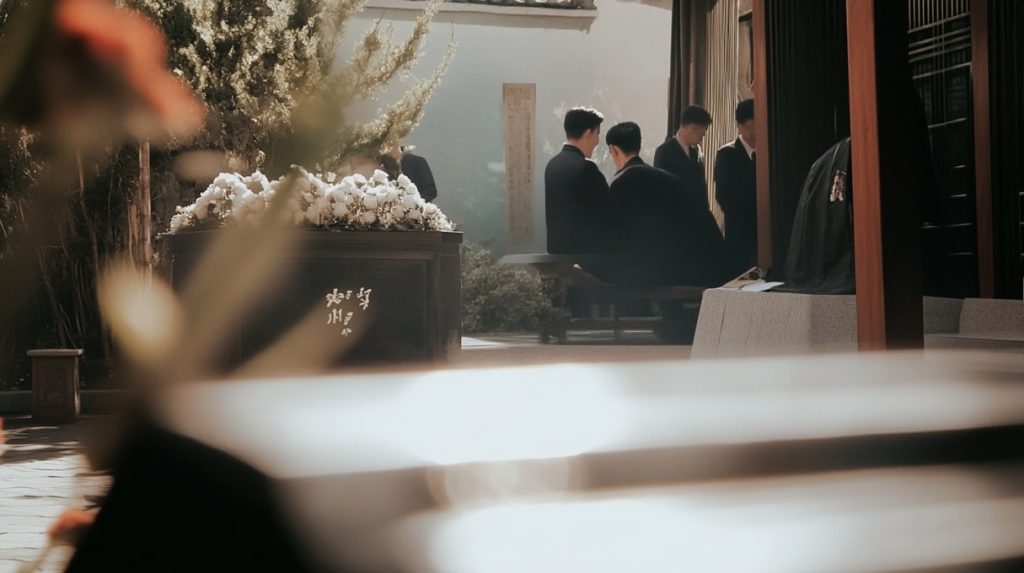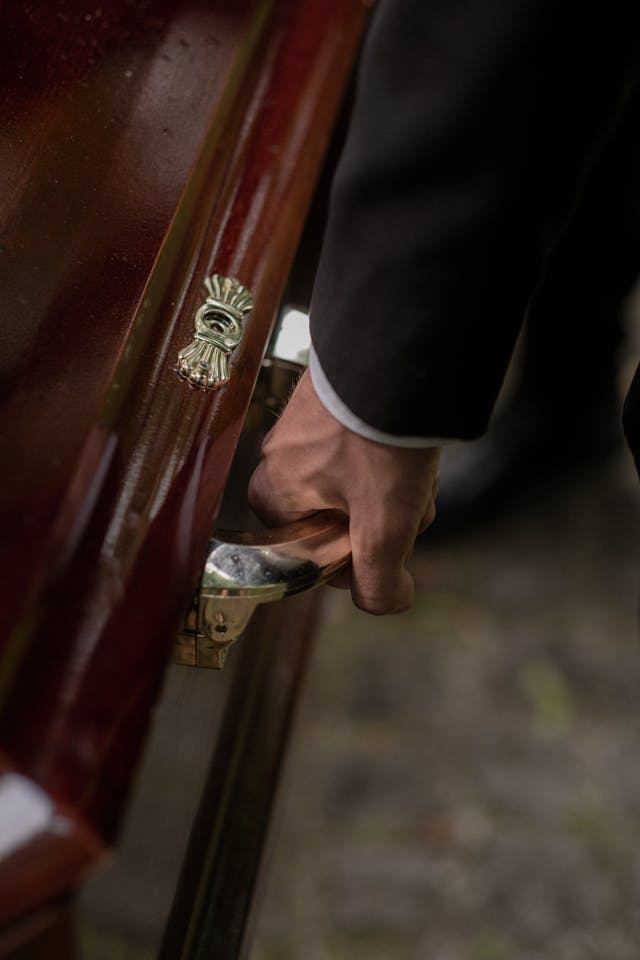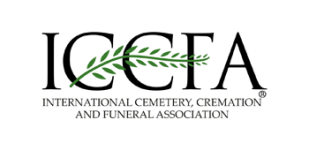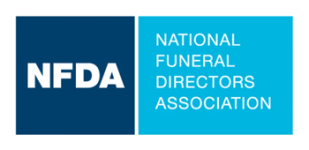Etiquette Essentials for Attending a Korean Funeral

Understanding a funeral’s customary traditions and etiquette becomes essential, especially when culturally specific practices are involved. This is particularly true in the context of Korean funerals, where a rich tapestry of practices honors the departed and supports grieving family members. For those navigating this landscape, whether you are attending a ceremony handled by a Korean mortuary in Orange County, CA, or aiding a friend, mastering the etiquette surrounding Korean funerals can demonstrate your respect and empathy.
Understanding Traditional Customs
Korean funerals are deeply imbued with cultural significance. They often reflect Confucian values emphasizing filial piety and respect for ancestors. Central to these customs are the rites carried out at the wake, funeral service, and burial.
- Wakes and Viewing: Korean funerals typically begin with an open casket wake, inviting mourning friends and relatives to pay respects to the deceased. As guests arrive, they often bow profoundly and offer condolences to the family. There is a gentle expectation to place a traditional condolence money envelope (usually called “bange”), devoid of coins, as a humble offering of support that can help cover the funeral expenses.

- Dress and Appearance: The appropriate dress code for such occasions is somber and respectful. Traditionally, black or dark-colored attire is expected. Men wear black suits, while women opt for black dresses or blouses. It’s also common to see men and women adorned with subtle accessories or flowers of a muted hue. Guests should avoid bright colors, which may be disrespectful during this solemn time.
The Funeral Service
The actual funeral service exudes an atmosphere of respect, mourning, and reverence. Here, observing specific dos and don’ts is paramount:
- Participating Respectfully: Guests are encouraged to participate actively during the service, which may involve prayers, speeches, or eulogies. Speaking softly and offering comfort to the bereaved is essential.
- Photographs and Social Media: It is not customary to take photographs during the service or post about it on social media. Such actions may be perceived as trivializing the grave nature of the event, hindering the families’ grieving process.
- Offering Sympathy: Towards the conclusion of the service, approach the immediate family to express your condolences again. A simple gesture, such as saying “I’m sorry for your loss,” can effectively convey your presence and support.
Burial Rites and Beyond
Following the funeral is the burial ceremony, which may include rites emphasizing ancestral veneration. Guests typically travel to the burial site and participate in a procession that reflects solidarity with the grieving family.
- Joining the Procession: If you are part of the procession to the cemetery, ensure you are respectful during transport and offer help, such as carpooling, if necessary. This act reinforces community support meant to uplift the bereaved.
- Post-Funeral Gatherings: After the burial, many families hold a gathering, sometimes called a “jesa,” where relatives, friends, and mourners can share anecdotes, provide comfort, and talk about the deceased’s life and legacy. Participating in this gathering can foster connection among attendees and provide healing space.
Attending a Korean funeral involves navigating numerous cultural practices and sensitive emotions. Upholding the correct etiquette signifies respect for the deceased and a profound connection with mourning families. If you need assistance while engaging with a Korean mortuary in Orange County, CA, don’t hesitate to reach out. The team at Sunnyside Mortuary is available to help guide you through the process while honoring traditions meaningfully.



